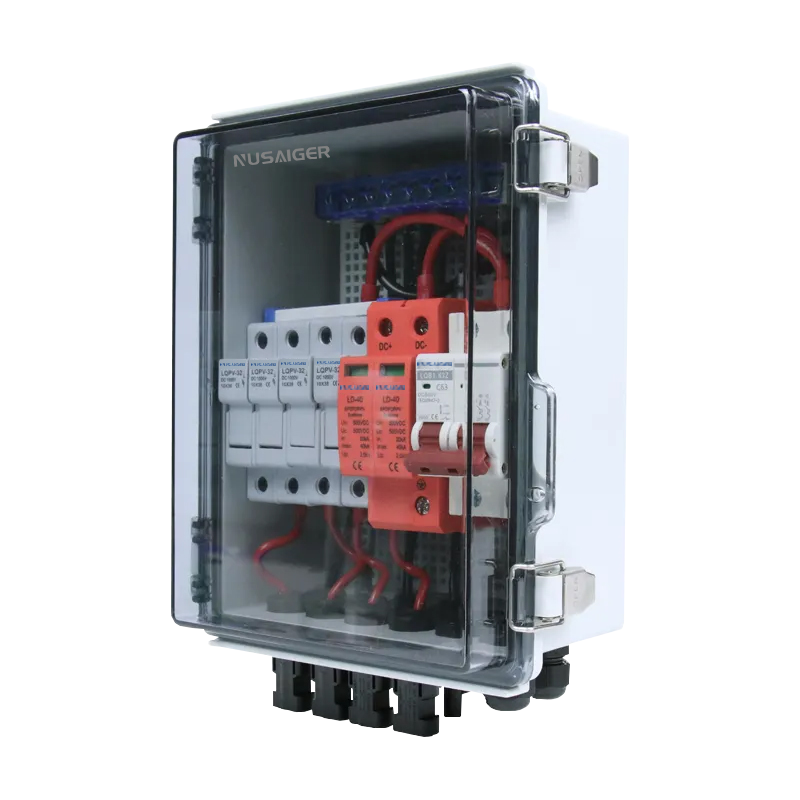Top Mistakes to Avoid When Installing Surge Protective Devices
While Surge Protective Devices (SPDs) are vital for protecting electrical systems, their effectiveness can be compromised by improper installation. Here are the most common mistakes and how to avoid them.
1. Incorrect Location
Placing an SPD too far from the power source or the equipment it protects increases clamping voltage, reducing effectiveness. Always follow manufacturer guidelines for placement.
2. Excessive Lead Length
Long wire leads create added impedance, delaying response times. Keep the leads as short and straight as possible—less than 0.5 meters ideally.
3. Using the Wrong Type
Installing a Type 3 SPD at the main panel offers little protection against large surges. Understand the application and use the right type of SPD accordingly.
4. Lack of Grounding
SPDs need a reliable grounding system to dissipate surge energy safely. Ensure that the grounding resistance is within acceptable limits (usually below 5 ohms).
5. Skipping Maintenance and Testing
Over time, SPDs can degrade or fail. Periodic inspection, especially after a significant surge event, is essential to maintain protection.
Conclusion
A well-installed SPD system can mean the difference between a functioning network and expensive downtime or equipment damage. Avoiding these common mistakes ensures that your investment in surge protection truly pays off.



